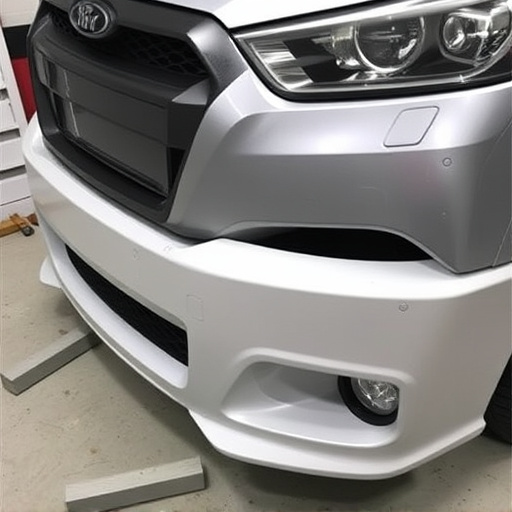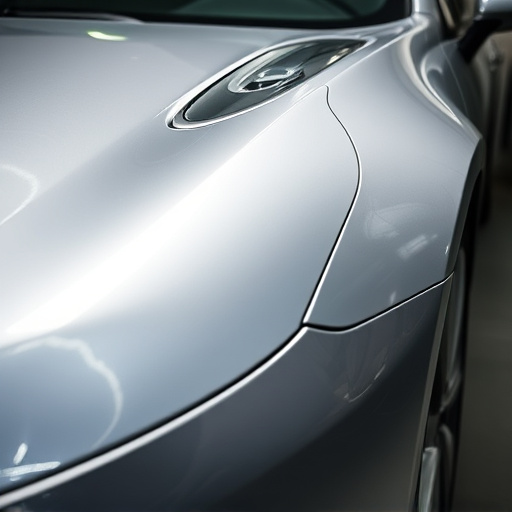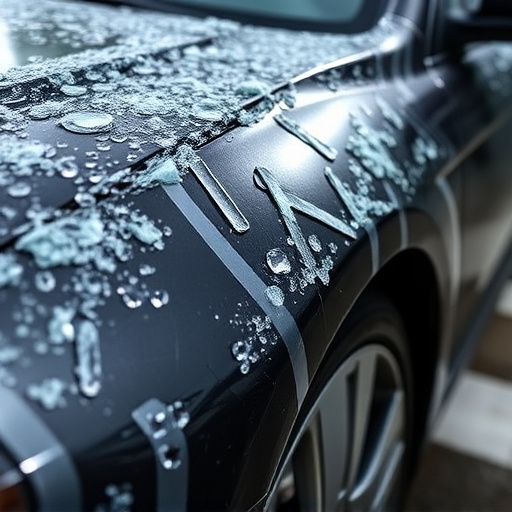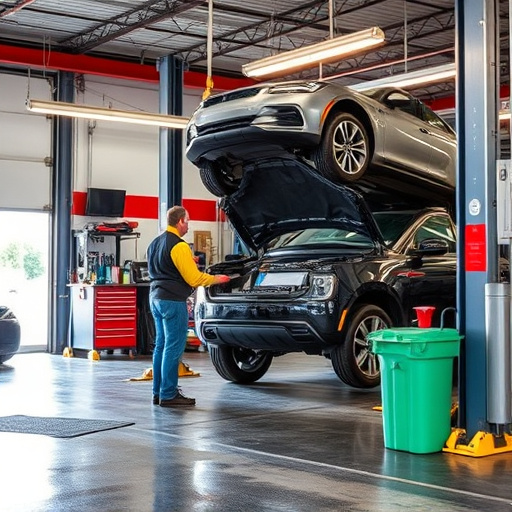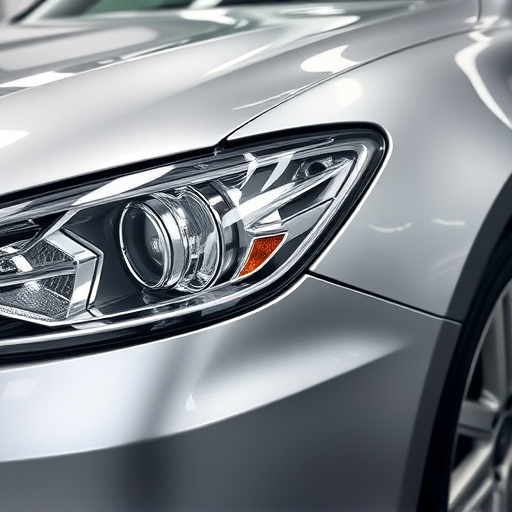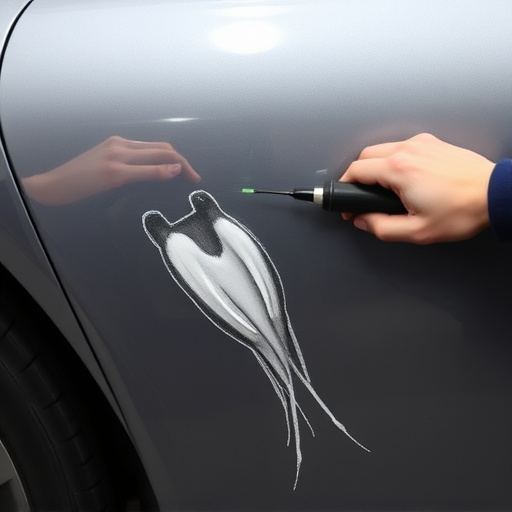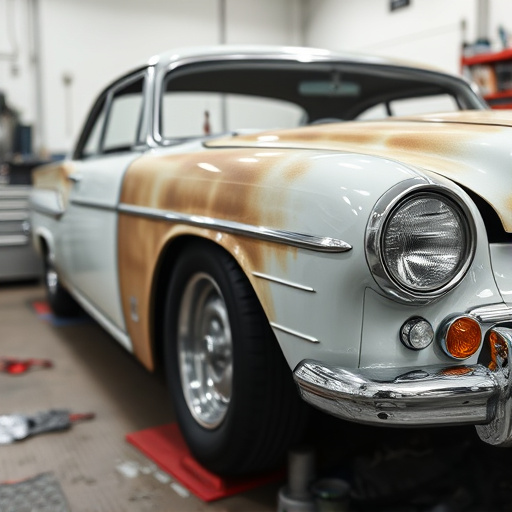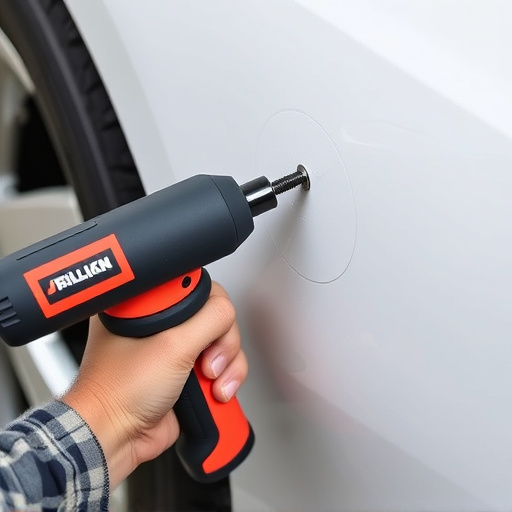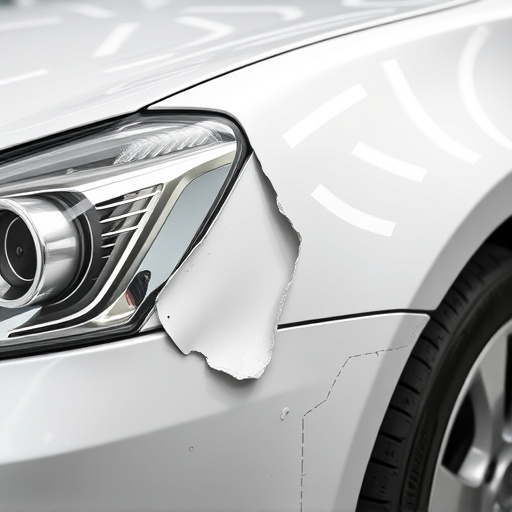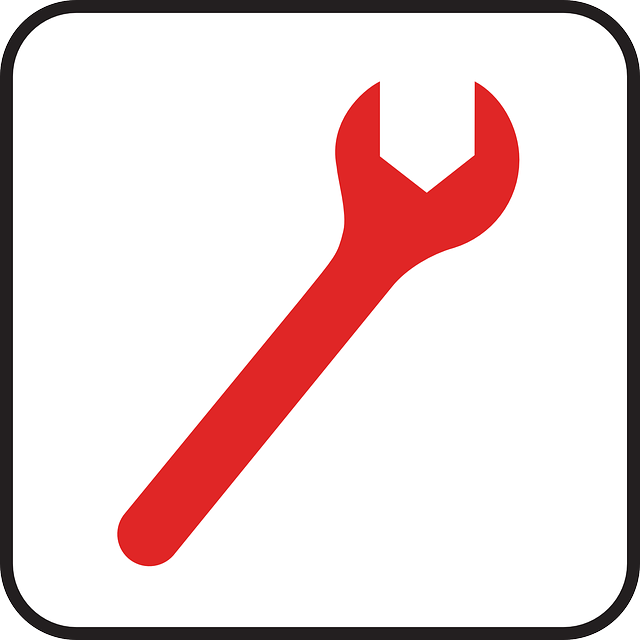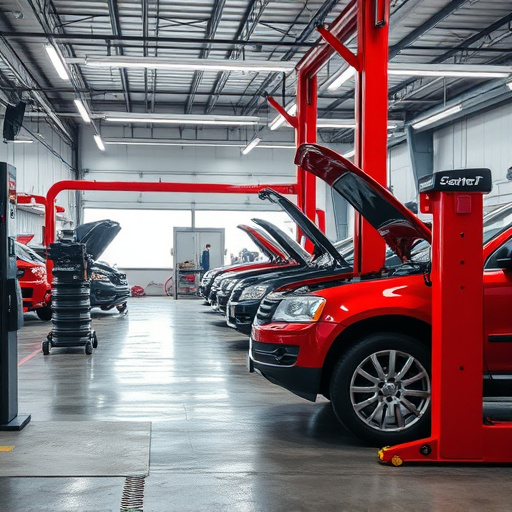Understanding and maximizing glass repair insurance involves reviewing policy terms, using certified repair shops, and regularly inspecting windows. This ensures coverage for cracks, chips, and breaks, while excluding extreme weather damage or specific components. Accurate claim filing requires thorough documentation and selection of reputable facilities to avoid unexpected costs and subpar work.
Maximizing your glass repair coverage can save you time and money. This guide provides advanced tips to help you navigate your glass repair insurance effectively. We’ll first break down what’s covered and excluded in your policy, so you understand the scope of benefits. Then, we’ll share strategies to make the most of your coverage, avoiding common pitfalls along the way. By following these insights, you can ensure seamless and efficient repairs for your vehicle’s glass.
- Understanding Your Glass Repair Coverage: What's Included and Excluded
- Maximizing Your Benefits: Strategies for Effective Glass Repair Usage
- Common Pitfalls to Avoid When Claiming Glass Repair Insurance
Understanding Your Glass Repair Coverage: What's Included and Excluded

Understanding your glass repair coverage is crucial before you need it. Glass repair insurance typically covers a wide range of damages, including cracks, chips, and breaks in your vehicle’s windshield or other glass components. However, what’s included can vary between providers. Make sure to review your policy to know exactly what’s covered and what’s excluded. For instance, some policies might not cover damage caused by extreme weather conditions like hailstorms or include limitations on certain types of glass, such as side mirrors or backlights.
When comparing different auto body repair plans, pay close attention to the terms and conditions related to glass repair. Some policies may require you to use specific repair shops or have restrictions on the type of glass used in the replacement process. Understanding these details can help ensure that you’re adequately protected when a glass-related incident occurs, whether it’s a minor chip or a more significant windshield damage, similar to what you’d consider for car body repair or frame straightening services.
Maximizing Your Benefits: Strategies for Effective Glass Repair Usage
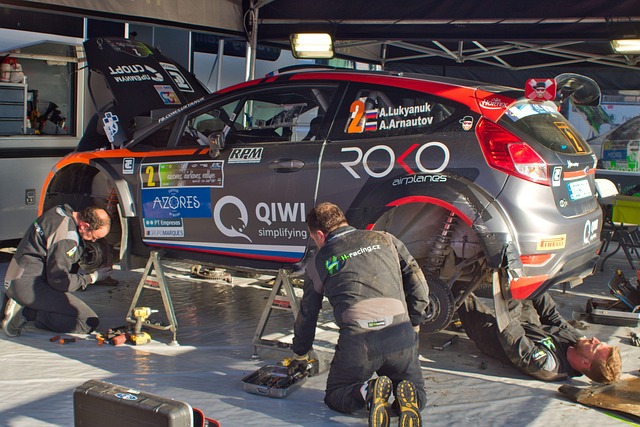
Maximizing Your Benefits: Strategies for Effective Glass Repair Usage
When you have glass repair insurance coverage, it’s important to understand how to make the most of it. Start by familiarizing yourself with your policy details, including what’s covered and any deductibles or exclusions. This knowledge will help you navigate unexpected incidents, such as accidents or storms, ensuring swift repairs without unforeseen costs. Additionally, keep an eye out for specialist glass repair services that offer high-quality replacements using original equipment manufacturer (OEM) parts—these can enhance the safety and aesthetics of your vehicle compared to generic alternatives.
Regular maintenance is another key strategy. Inspect your vehicle’s windows periodically for any signs of damage or wear. Addressing minor chips or cracks early can prevent them from escalating, saving you money in the long run. Furthermore, consider storing your vehicle in a secure location during severe weather conditions to minimize the risk of storms or debris causing glass damage. By combining proactive measures with a solid understanding of your insurance benefits, you’ll make efficient use of your glass repair coverage and keep your vehicle’s windows in top condition.
Common Pitfalls to Avoid When Claiming Glass Repair Insurance

When filing a claim for glass repair insurance, it’s important to be aware of common pitfalls that can delay or even deny your claim. One of the main issues is misunderstanding what’s covered under your policy. Always review your policy documents thoroughly before initiating a repair process. Some policies may only cover complete replacement, while others might provide repairs for smaller damages. Misinterpreting these terms could lead to out-of-pocket expenses.
Another common pitfall is failing to document the damage accurately. Take clear pictures of the broken glass and any associated damage to your vehicle. Detailed documentation helps streamline the claim process and increases the likelihood of a swift resolution. Additionally, be cautious when choosing a repair facility. Opting for an uncertified or inexperienced shop could result in subpar repairs that may not meet insurance standards, potentially leading to further complications and delays.
When utilizing your glass repair insurance, a thorough understanding of your coverage and strategic planning can significantly enhance your experience. By familiarizing yourself with what’s included, employing effective strategies, and steering clear of common pitfalls, you can maximize the benefits of this valuable service. Remember to review your policy details, act promptly when damages occur, and always stay informed about your rights as a policyholder. With these tips in mind, you’ll be well-equipped to navigate the process smoothly and ensure your glass repairs are handled efficiently.

